$COW $FUTURES #CattleNews #Agriculture #CommodityTrading #CattleMarket #FuturesTrading #BeefPrices #Livestock #MarketTrends #EconomicInsights #InvestmentOpportunities
Why Are Cattle Prices Ending the Week Higher? Discover the Key Factors Driving the Gains!
In the latest cattle news, live cattle futures have recorded a modest increase, rising by 5 to 67 cents on Friday. This uptick comes amid a notable shift in cash trade dynamics this week. Notably, there have been some dressed sales in the North, hovering around $365. However, this figure represents a decline of $5 compared to last week, illustrating the volatility inherent in the cattle market.
Market Insights: A Closer Look at Cash Trade Activity
When examining the specifics, live cattle prices have been fluctuating between $232 and $235, reflecting a decrease of $3 to $4. Meanwhile, trading in the Southern regions has settled between $235 and $237, which also indicates a downward trend. Understanding these fluctuations requires a comprehensive analysis of market conditions and external factors influencing cattle prices.
The recent surge in futures pricing can be attributed to several interconnected factors. Firstly, supply chain disruptions have continued to impact the livestock sector, affecting availability and pricing. Additionally, consumer demand for beef remains relatively strong, buoyed by increased spending in the food sector as the economy continues to stabilize post-pandemic.
The Role of Supply and Demand in Price Movements
Supply and demand are fundamental concepts that dictate market behavior. In recent weeks, a tighter supply of cattle has been reported, which, when coupled with steady demand, creates upward pressure on prices. This phenomenon is particularly evident in the live cattle markets, where producers are responding to higher costs and shifting consumer preferences.
Moreover, the ongoing geopolitical tensions and economic uncertainties have created an environment where investors are closely monitoring agricultural commodities as potential safe havens. As such, the cattle market is attracting attention from both traditional investors and those looking to diversify their portfolios.
Future Trends: What Lies Ahead for Cattle Prices?
Looking ahead, industry experts suggest that the cattle market may experience further fluctuations as seasonal factors come into play. Typically, during the summer months, demand for beef tends to rise, driven by increased grilling and outdoor activities. This seasonal demand can add additional upward pressure on prices.
Furthermore, as producers adjust their herds in response to current market conditions, it’s crucial to monitor how these adjustments will influence future supply levels. Early indications suggest that ranchers may hold back on selling cattle until prices stabilize, which could lead to tighter supplies and potentially higher prices in the coming weeks.
In conclusion, the cattle market is navigating through a complex landscape marked by shifting supply chains, consumer demand, and broader economic factors. As these elements continue to evolve, staying updated on cattle news will be essential for investors and stakeholders alike.
For those interested in exploring more about market trends in agriculture and other sectors, check out our stock insights. Understanding these dynamics can provide valuable context for strategic investment decisions.
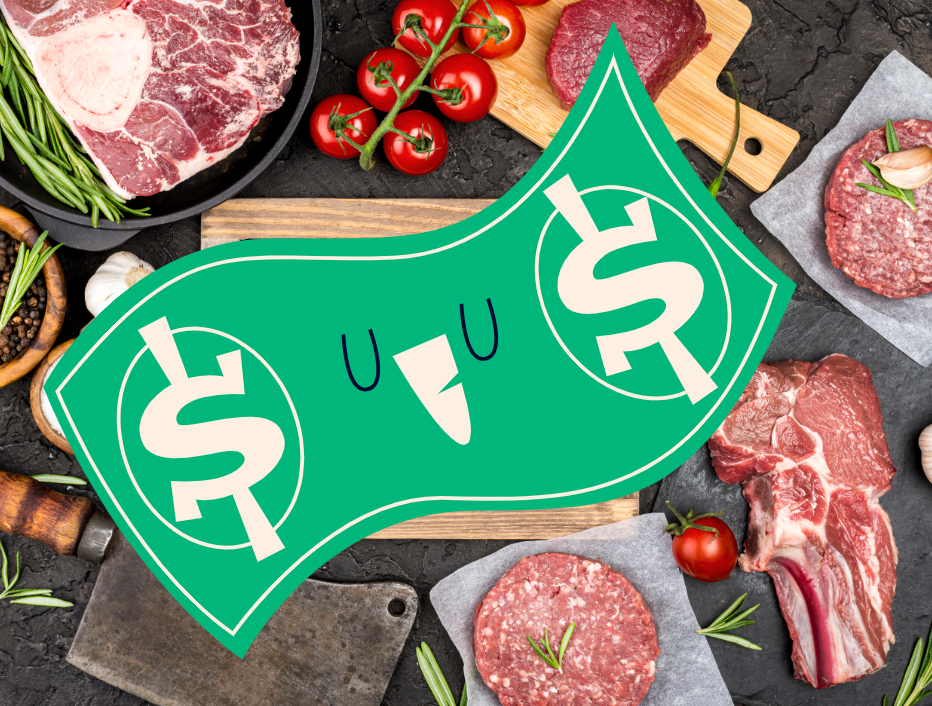
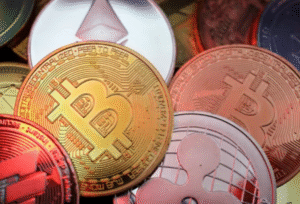



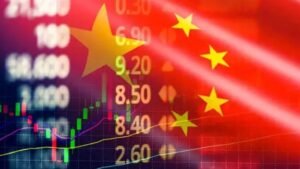
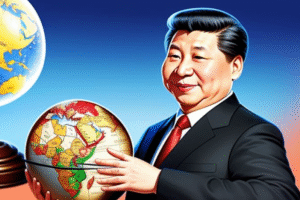
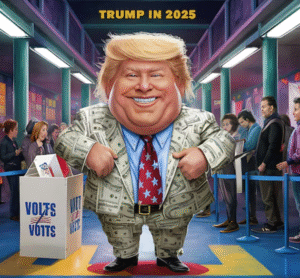

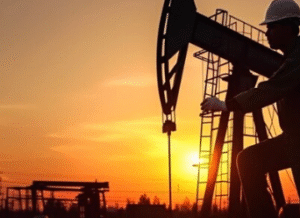
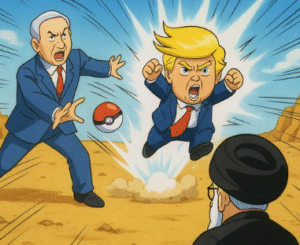
Comments are closed.